Planting a Hedgerow Can Enhance the Biodiversity of Your Yard: A Guide
Published July 18 2023, 2:59 p.m. ET
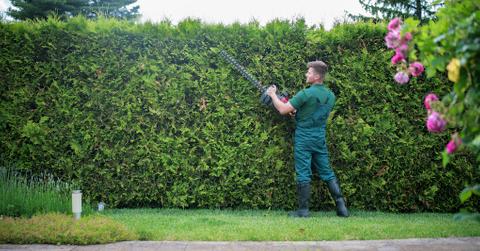
Often referred to as shelter belts or windbreaks, hedgerows can provide privacy around a home, yard, or farmland and help to mark property lines by serving as living fences, but they serve several other useful purposes.
According to the People’s Trust for Endangered Species, hedgerows have a number of agricultural benefits, including the reduction of soil erosion, helping to sustain pollinators, preventing fertilizers from reaching waterways, and storing carbon. They can enhance the biodiversity of an area, and add a lovely aesthetic to your yard. If you’re considering planting a hedgerow, but are unsure where to start, this step-by-step guide can help!
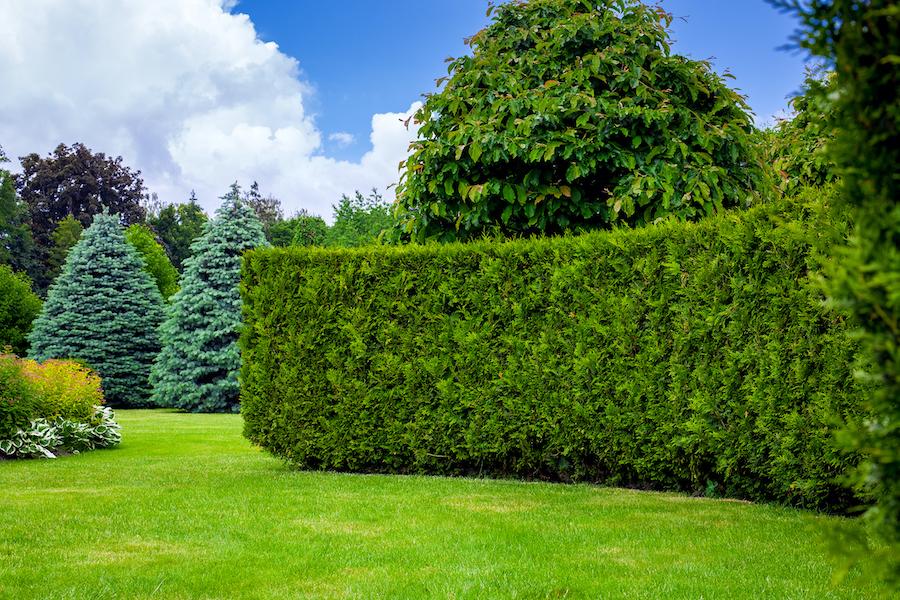
Here's our guide to planting a hedgerow.
Hedgerows can be planted in a single row, which is common in smaller spaces like backyards, or in multiple rows in larger fields and farms, but the steps for both types are the same (although planting guidance will vary depending on plant type).
1. Observe the area where you want to plant the hedgerow
Before you get started, you’ll want to observe the area to get an idea how much space you have to plant so you can determine how many rows you want or how wide the rows can be. Per Oregon State University, although one row provides some benefits, four or more rows provide the most wind protection as well as soil and water conservation.
Take notes about the soil type and what type of natural irrigation exists, as these are important factors when choosing the plant types. You’ll want to plan ahead to allow enough time to prepare the soil for your hedgerow.
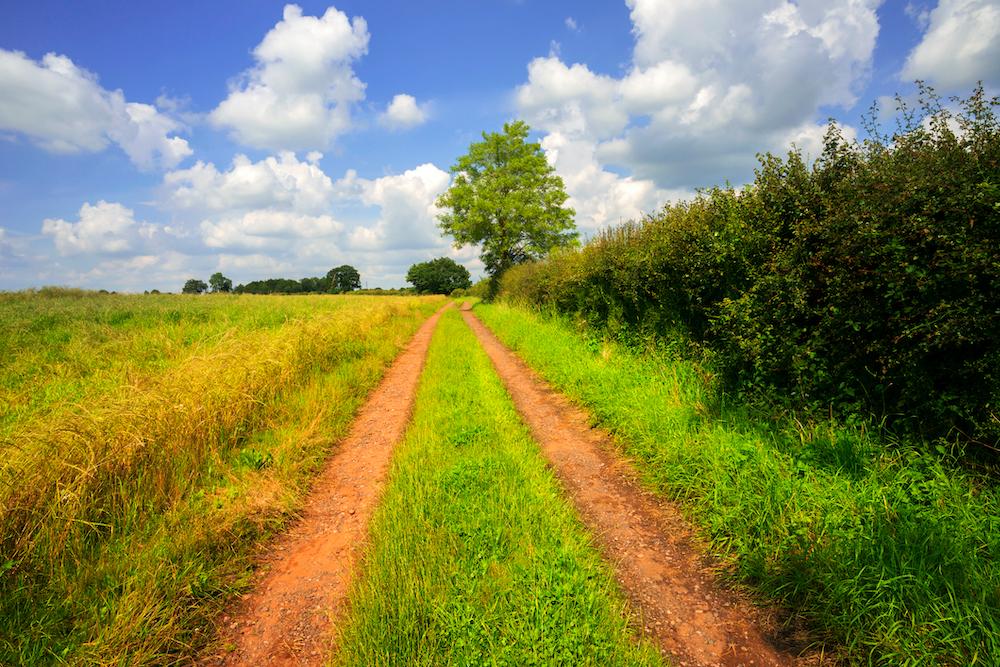
2. Choose what plants you’ll need for the hedgerow.
When considering the types of trees or shrubs to plant, which can vary depending on what region you live in and how tall you want your hedgerow. You’ll also want to think about how much maintenance the plant requires and tolerance to wind, drought, or other environmental factors. Will you plant the same species, or do you want to diversify the hedgerow?
If you prefer taller trees, American Arborvitae or Green Giant Arborvitae are popular choices that grow up to 60 feet, per the Arbor Day Foundation. For smaller hedges, Emerald Green Arborvitae grows in most regions in the U.S. and reaches between 10 and 15 feet tall. Flowering hedgerows are popular in warmer climates; for example, Jatropha aka nettlespurge grows up to 8 feet, while Nerium oleander aka nerium or oleander reaches up to 20 feet tall.
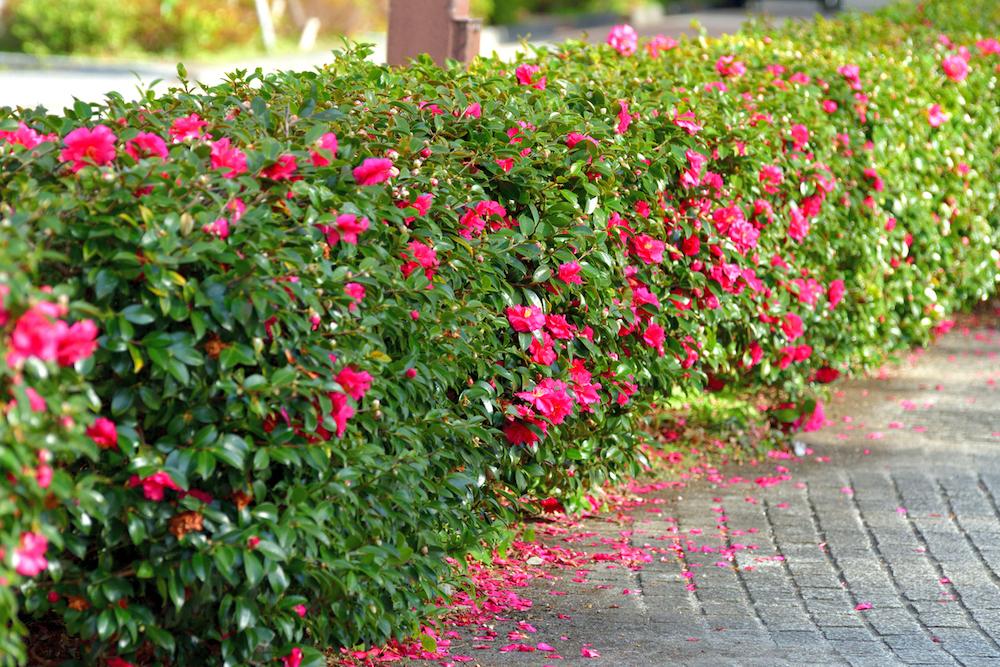
Some other popular plants for hedgerows include:
Skip laurel
Firethorn
Bald Cypress
Wax Myrtle
Yew
Pittosporum
Boxwood.
3. Prepare the site.
The Oregon State University states that soil preparation is key in ensuring the hedgerow’s survival. In a small pasture or grassy yard, spread a thin layer of compost over the area and add cardboard and mulch, or in a larger area, cover crops can be utilized to prepare the soil.
Map the site by putting stakes in the ground where you intend on planting the hedgerow, and tying a rope between them to ensure the rows are straight. The space in between plants will depend on the type of plant you choose, but in general, they should be between 6 and 12 feet.
4. Plant the trees and shrubs for your hedgerow.
Planting times will vary depending on the species of tree or shrub that you choose, but autumn is considered a good time so the hedges can establish roots before the leaves grow in the spring. Adding a layer of mulch over the topsoil around the base of the plant can help to discourage weeds.
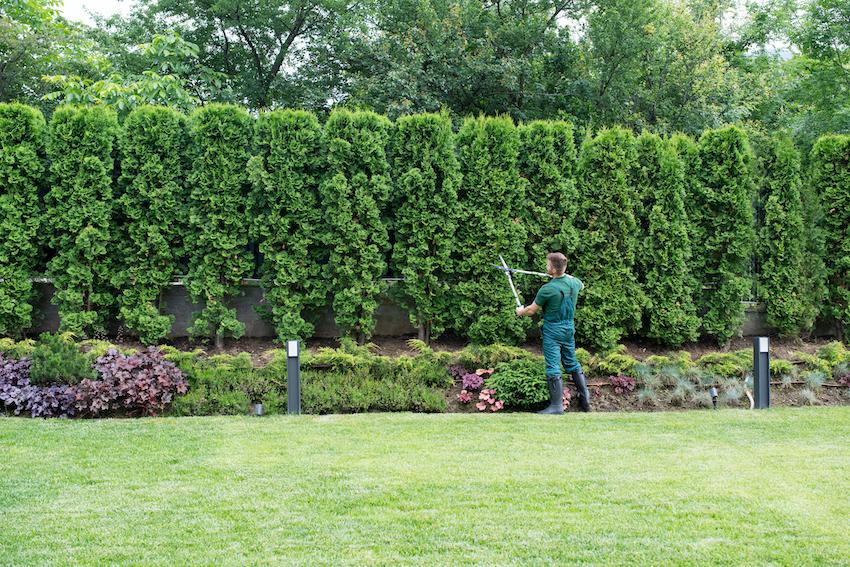
5. Maintain the hedgerow.
During the first couple of years, water your hedgerow to help it thrive. If you’ve planted shrubs, you’ll want to trim the hedgerow about two to three times a year (between May and September in the Northern Hemisphere). Removing unwanted plants are essential, and adding mulch as needed throughout the year can help keep weeds at bay.